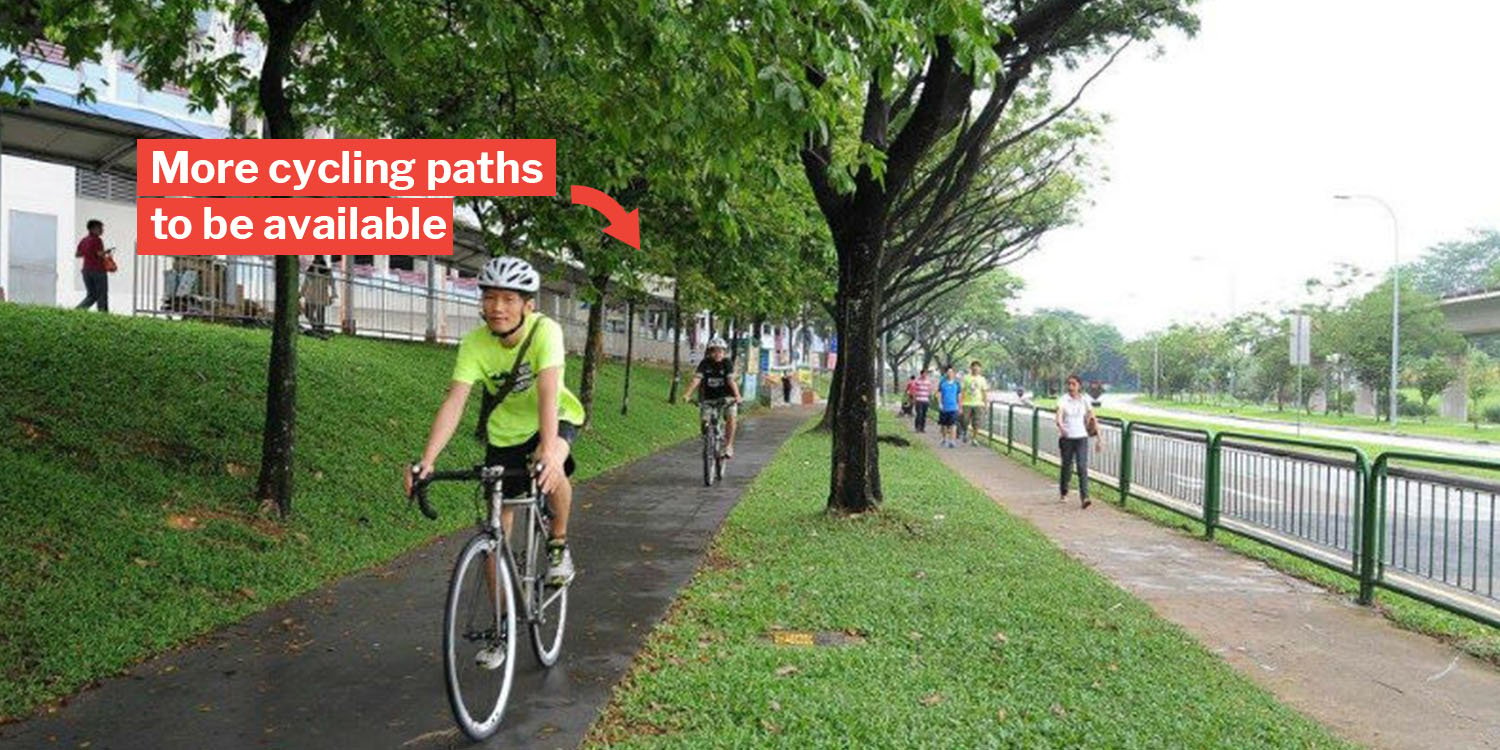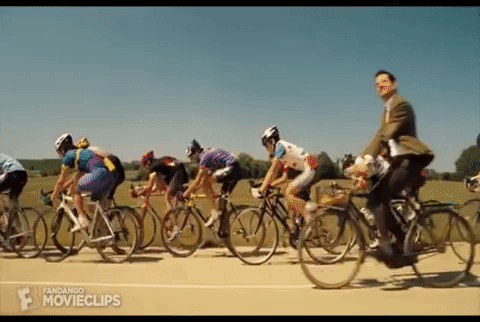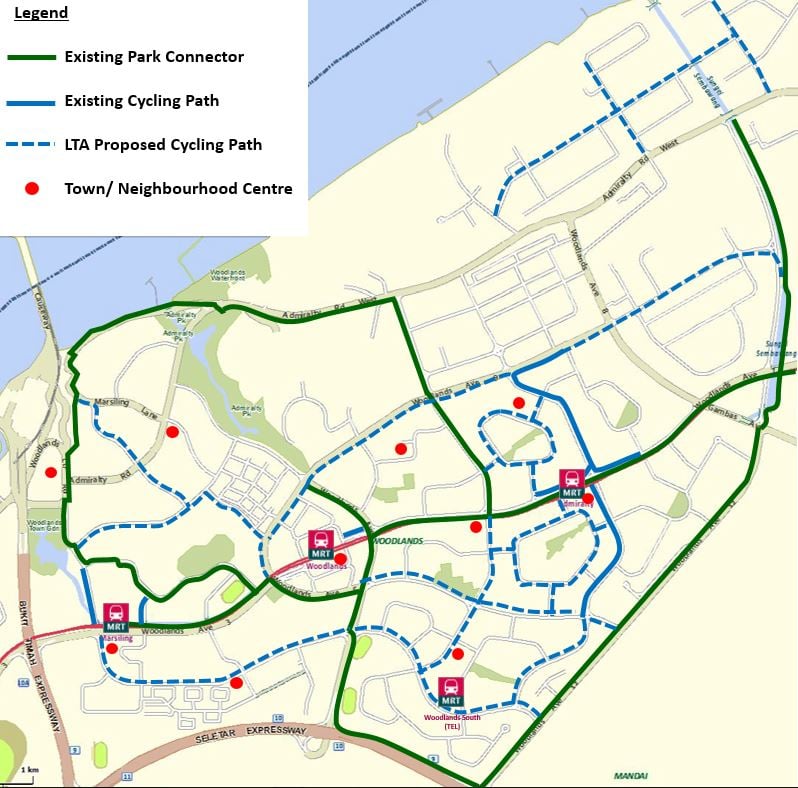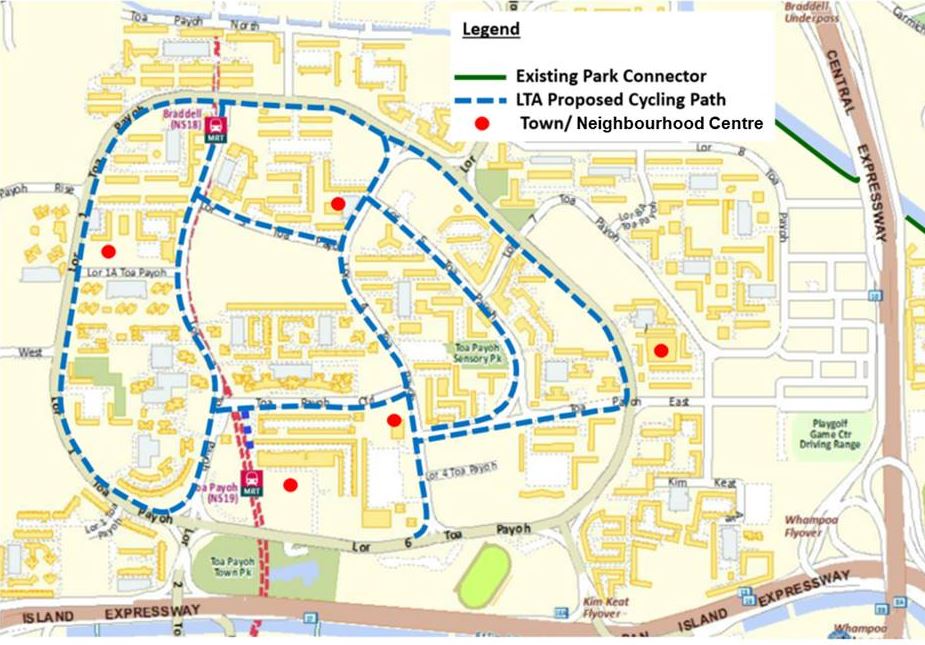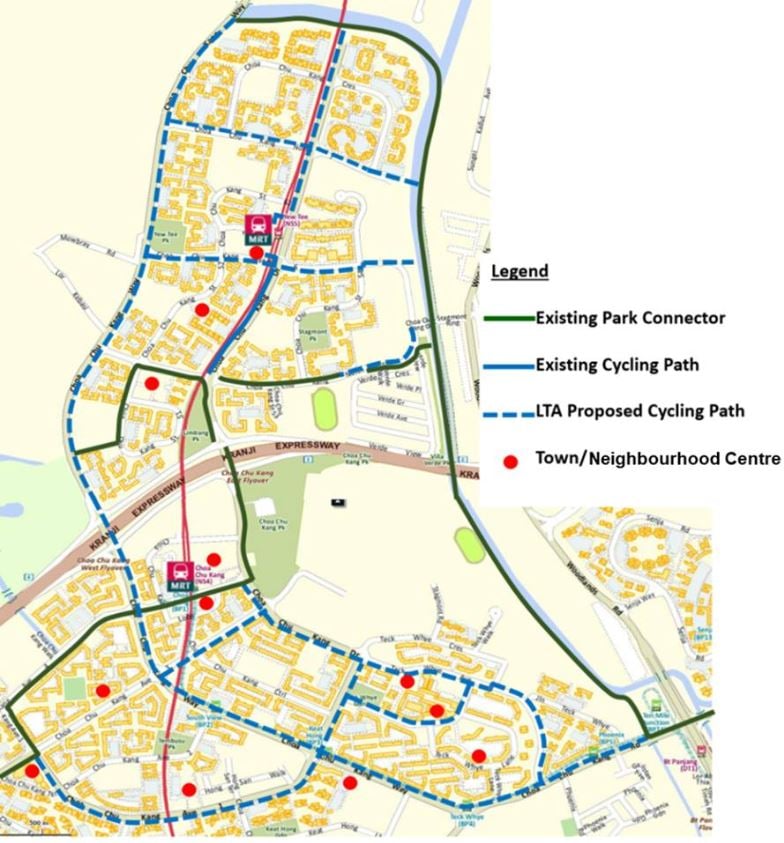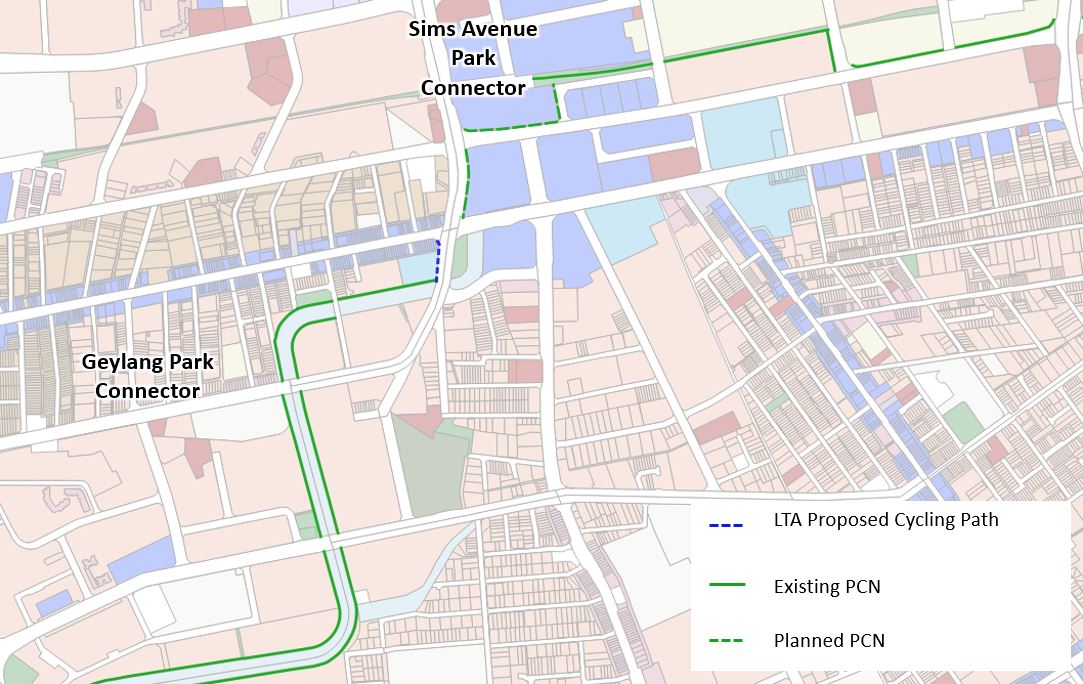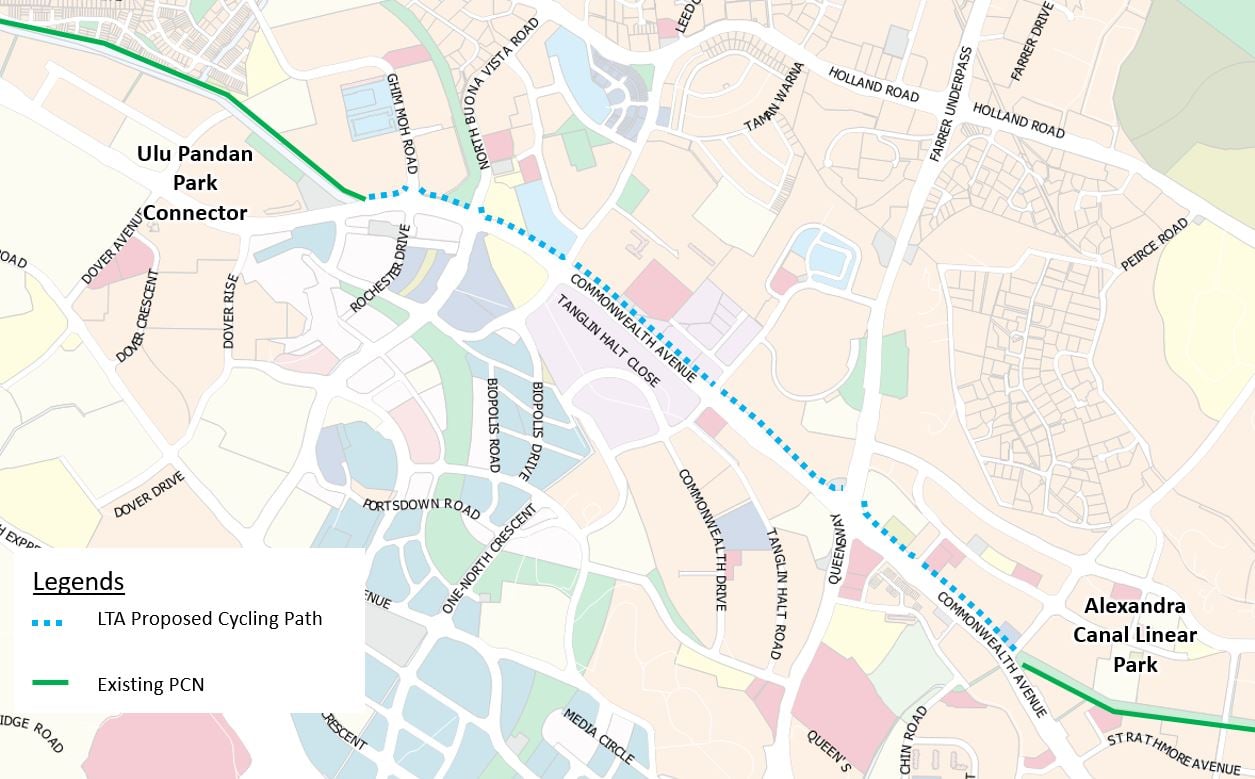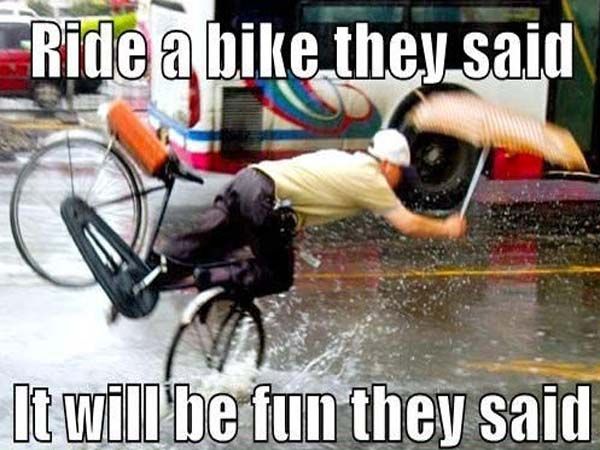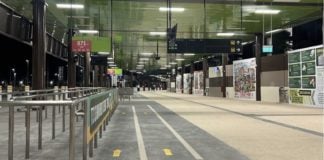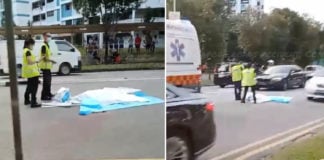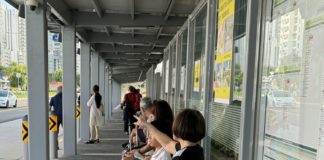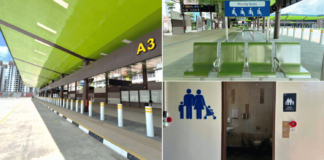More Cycling Paths For Convenience & Safety In Singapore
Singapore has been moving towards having fewer cars on roads.
In its latest effort, the Land Transport Authority (LTA) announced that it will be building over 40km of cycling paths over the next 5 years.
The extra cycling paths will be built in 5 areas:
- Woodlands
- Toa Payoh
- Choa Chu Kang
- Geylang
- Queenstown
These will allow cyclists to travel around safely and efficiently.
Woodlands — 20km
Woodlands has the greatest change to cycling paths with 20 of the planned 40km set to be built there.
These new routes will allow more residents to travel from their doorstep to the nearest MRT station by cycling.
Toa Payoh — 7km
Previously, Toa Payoh had no cycling paths. However, new 7km cycling route will allow residents to enjoy greater connectivity.
These additions allow Toa Payoh residents to cycle to Braddell or Toa Payoh MRT stations.
Bus stops are also being re-designed to allow cyclists and pedestrians to travel safely with the added paths.
Choa Chu Kang — 12km
Cyclists can more easily travel from Choa Chu Kang (CCK) to Yew Tee with the upcoming 12km of cycling paths.
LTA is also discussing the possibility of widening the footpath along CCK West to 2.5m so pedestrians no longer need to worry about collisions with cyclists.
Geylang — 150m
To make it easier for people to travel to the city, a new 150m long cycling path is being introduced. This path will connect the Geylang Park Connector to the Sims Avenue Park Connector, which leads directly to the city centre.
Queenstown — 2.3km
Queenstown will also feature a 2.3km route that connects Ulu Pandan Park Connector to Alexandra Canal Linear Park.
Residents living in the Dover area will now be able to travel to central Singapore without having to cycle on roads or pavements.
Cycling path doesn’t mean 0 accidents
Even with all the convenience cycling routes may bring, there is still the problem of safety.
A cycling advocate noted that there needs to be physical barriers between pedestrian walkways and cycling paths.
Barriers stop cyclists and pedestrians from crossing into each other’s lanes for the sake of convenience which may lead to more accidents.
Ultimately the responsibility lies with both the cyclists and pedestrians to keep themselves and others safe.
Featured image from Google Maps.

Drop us your email so you won't miss the latest news.
